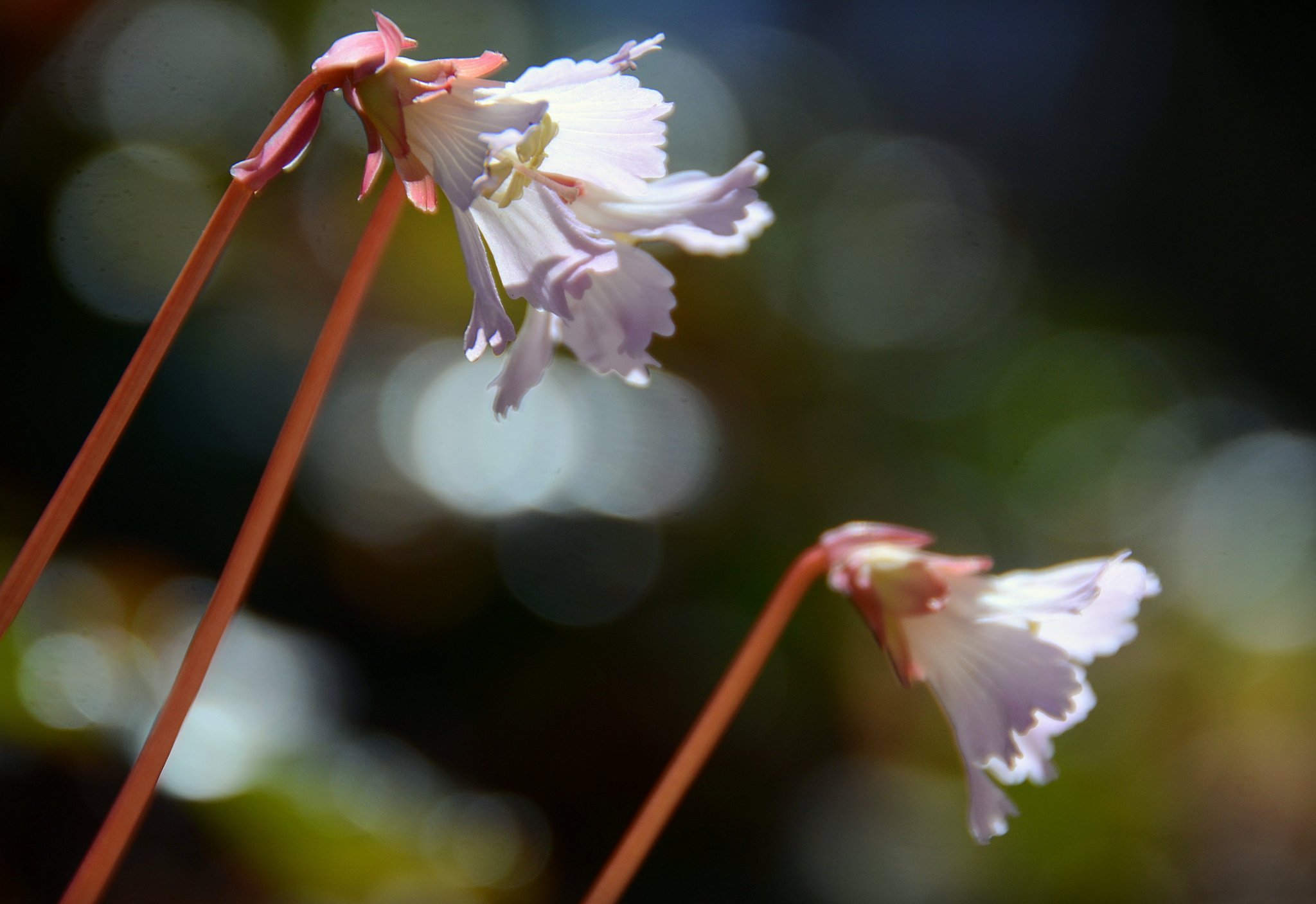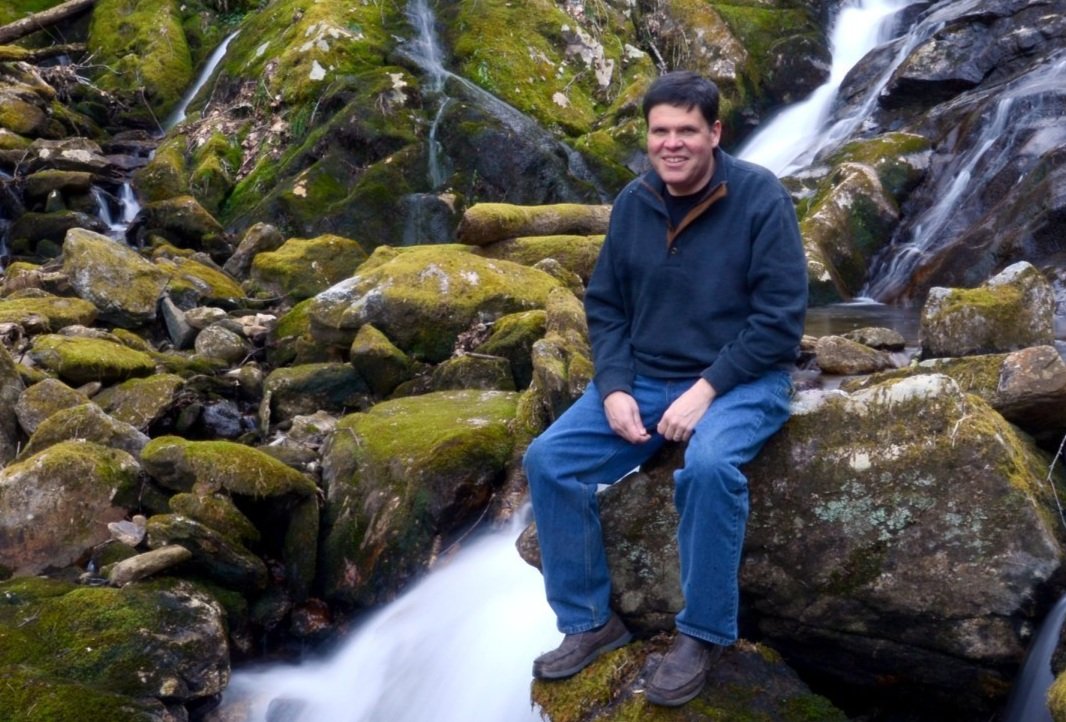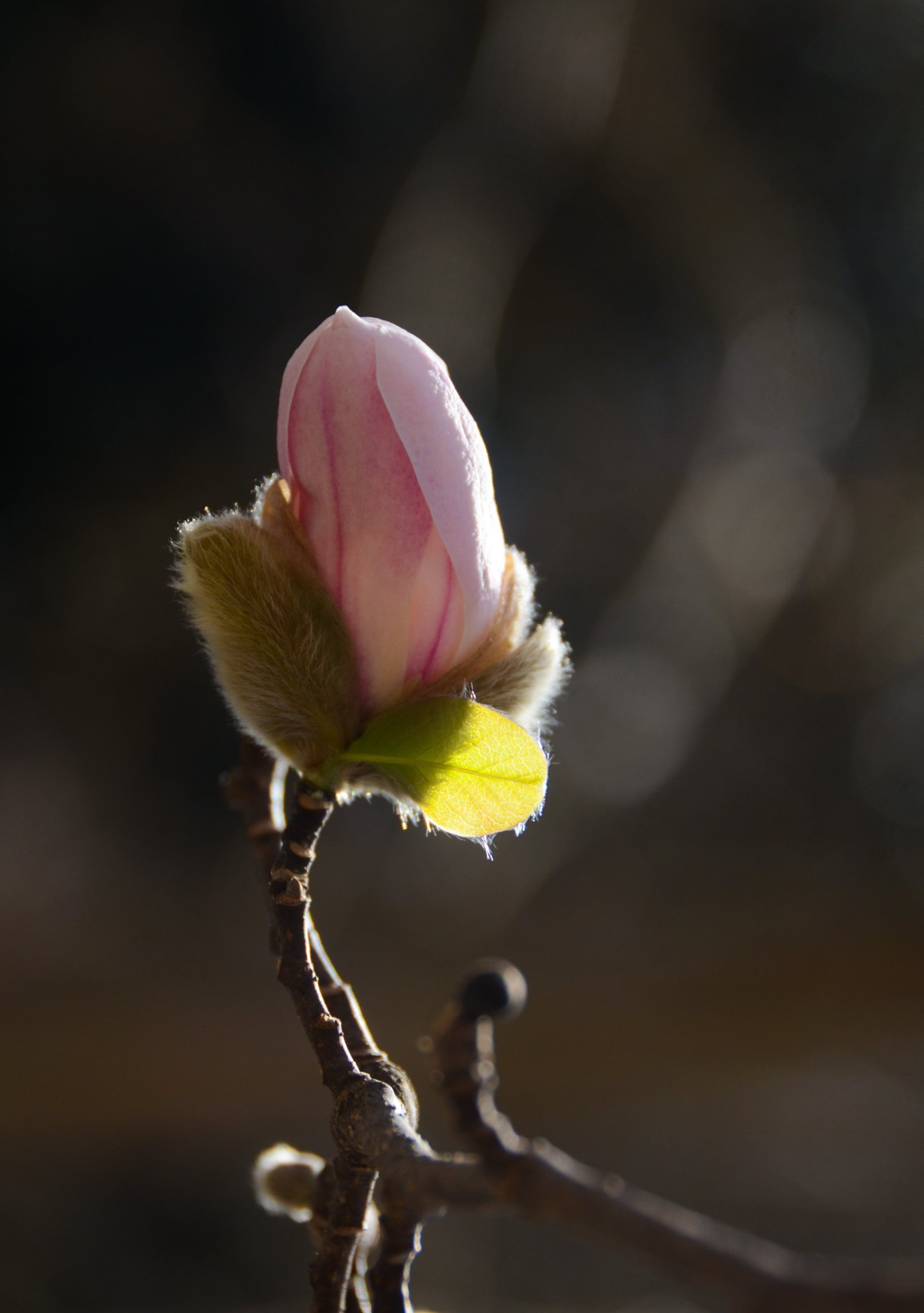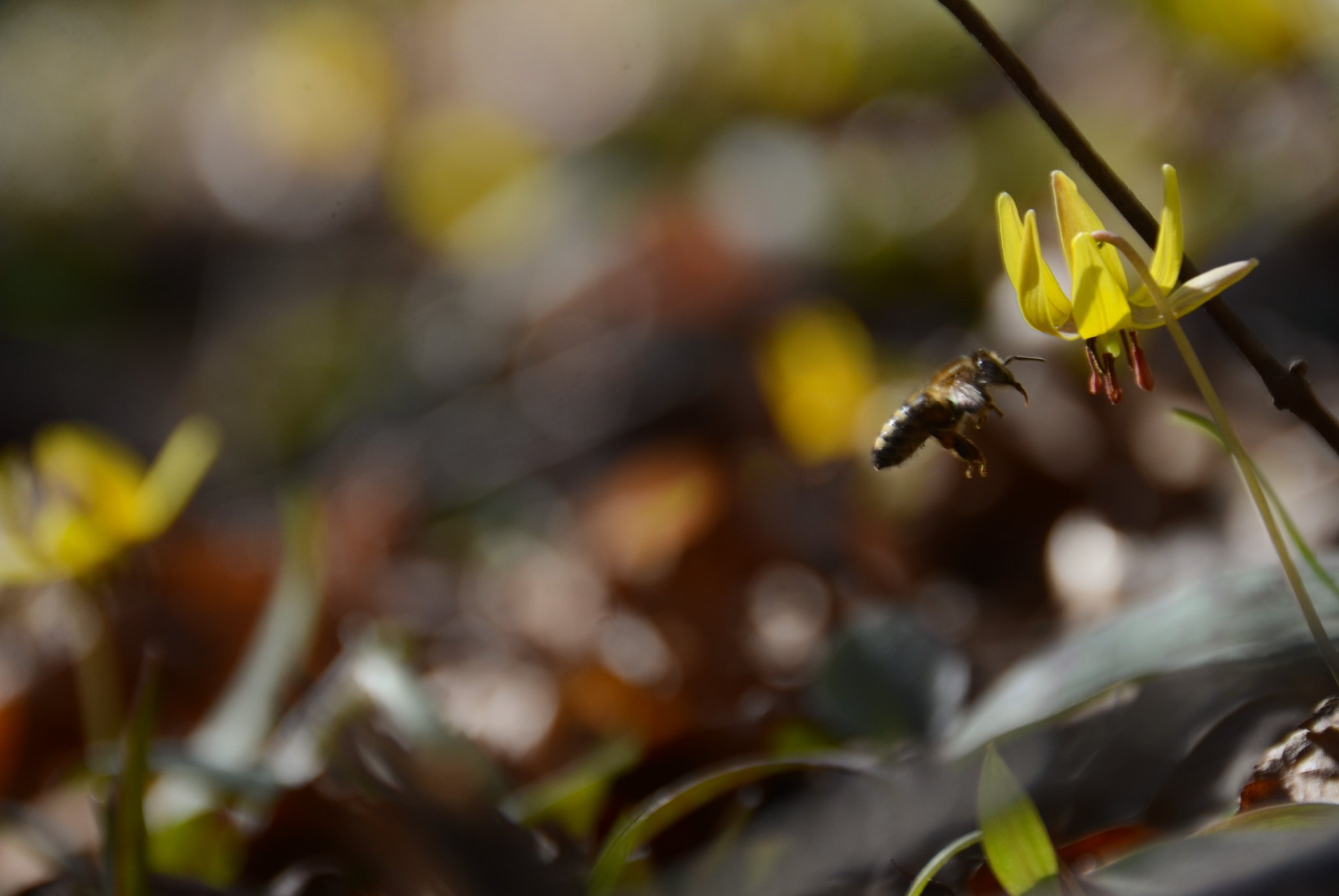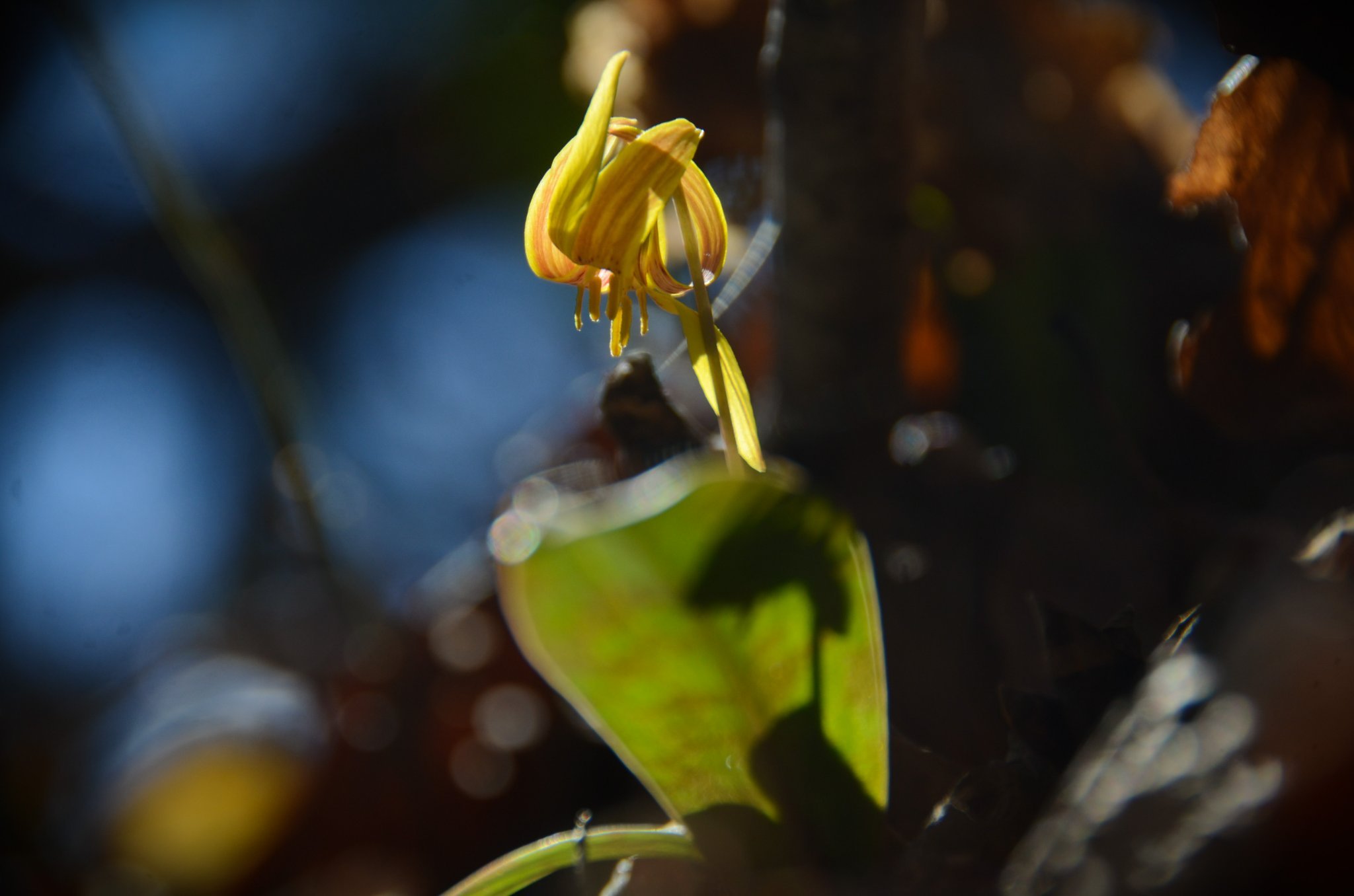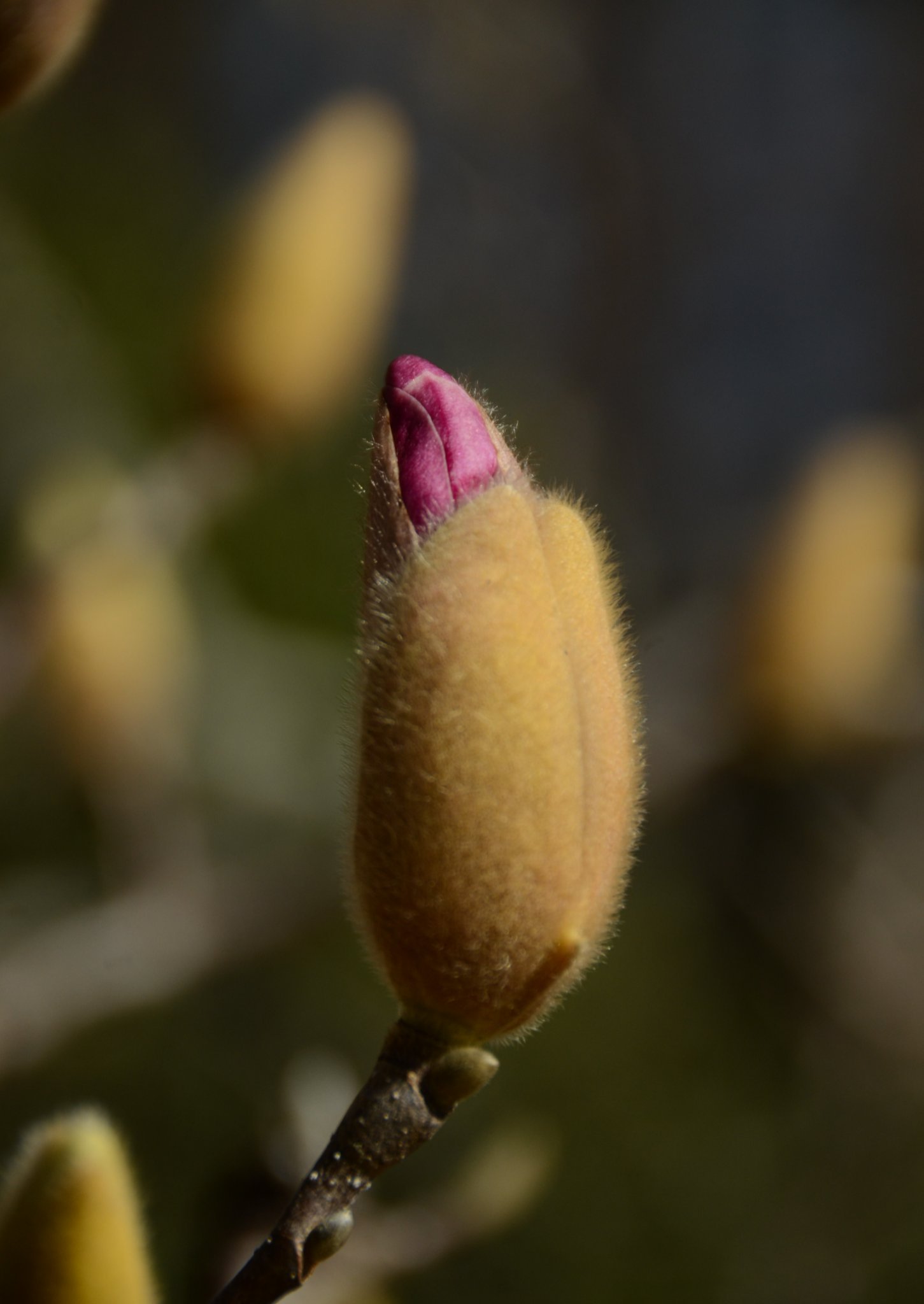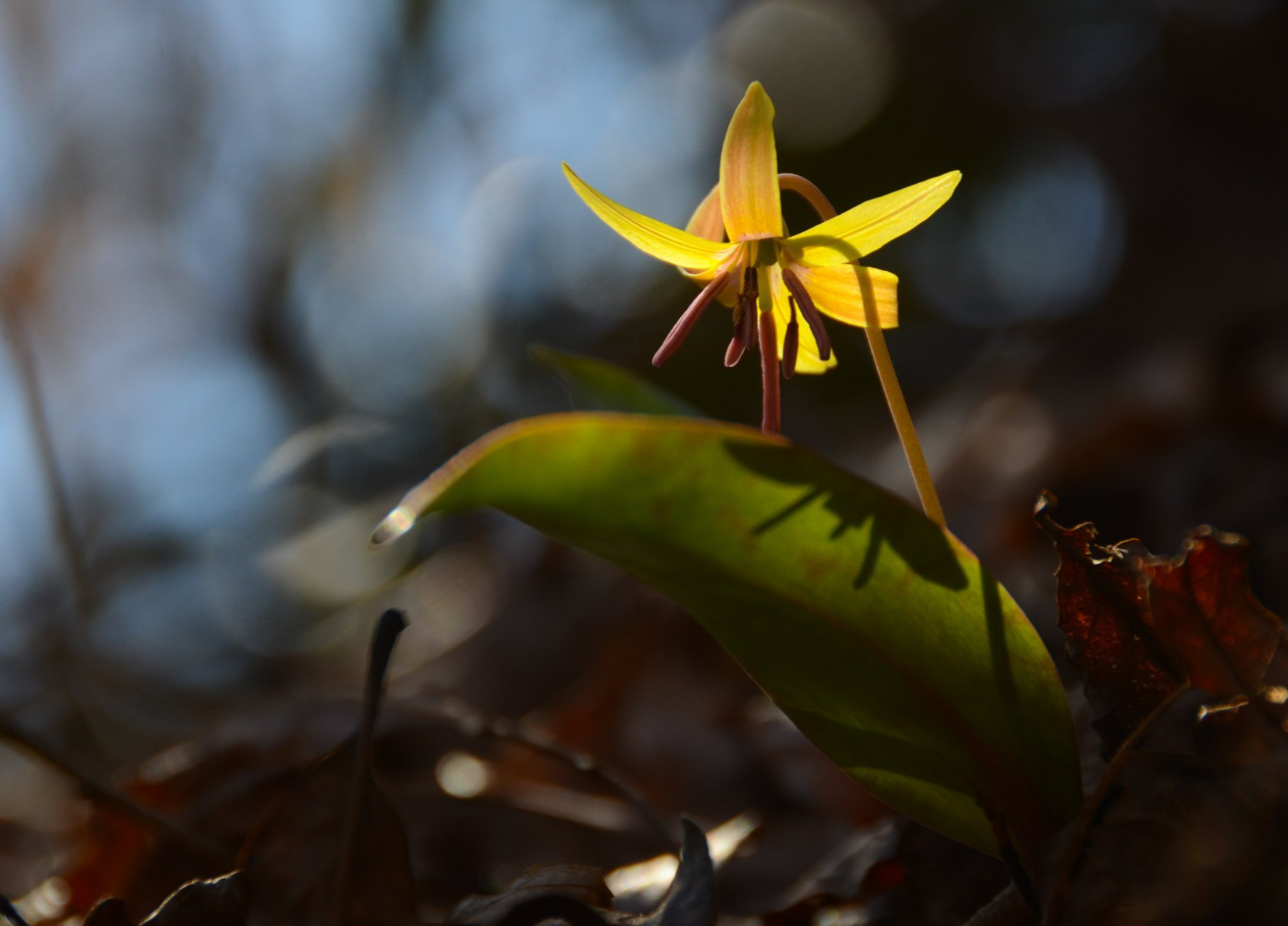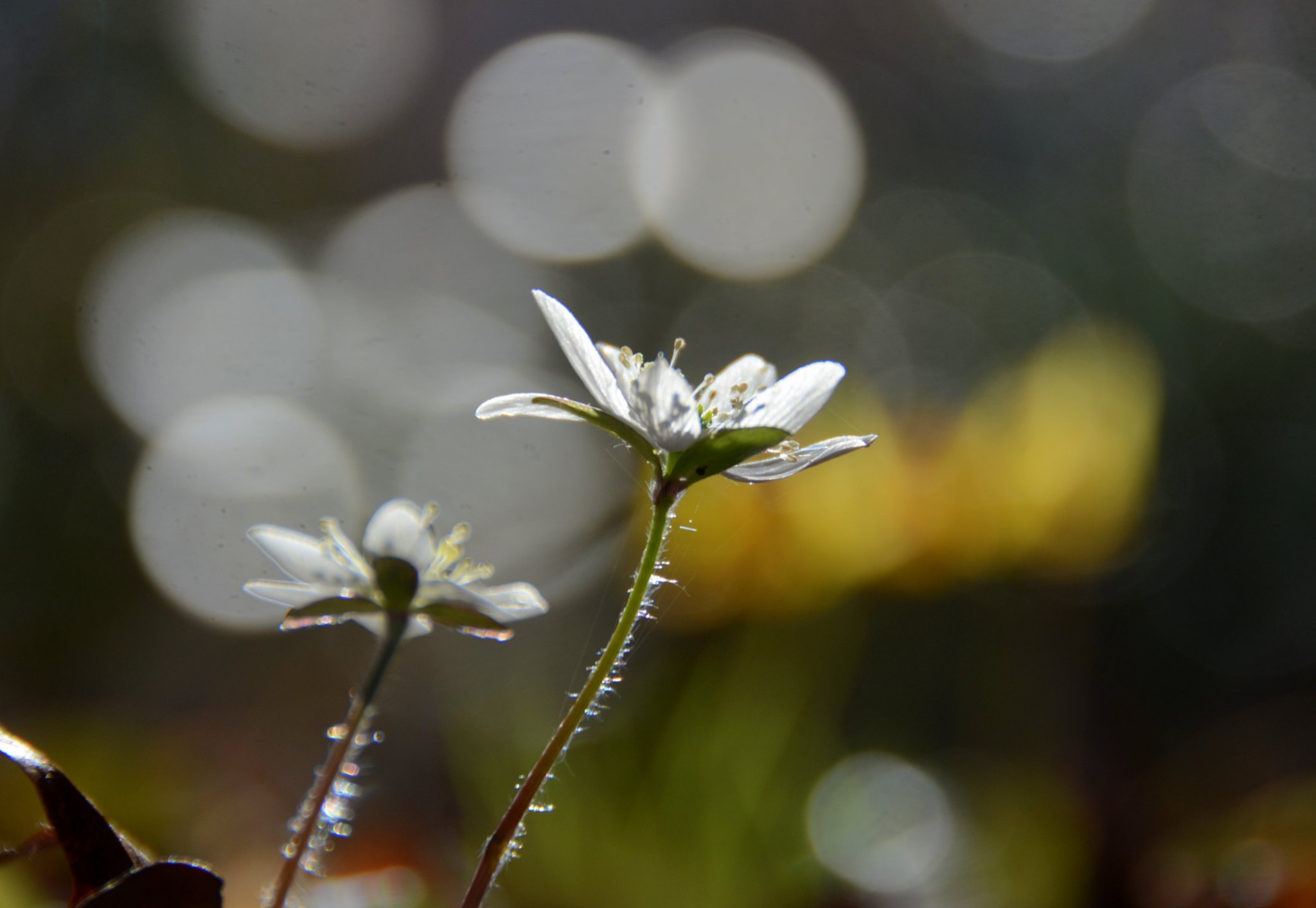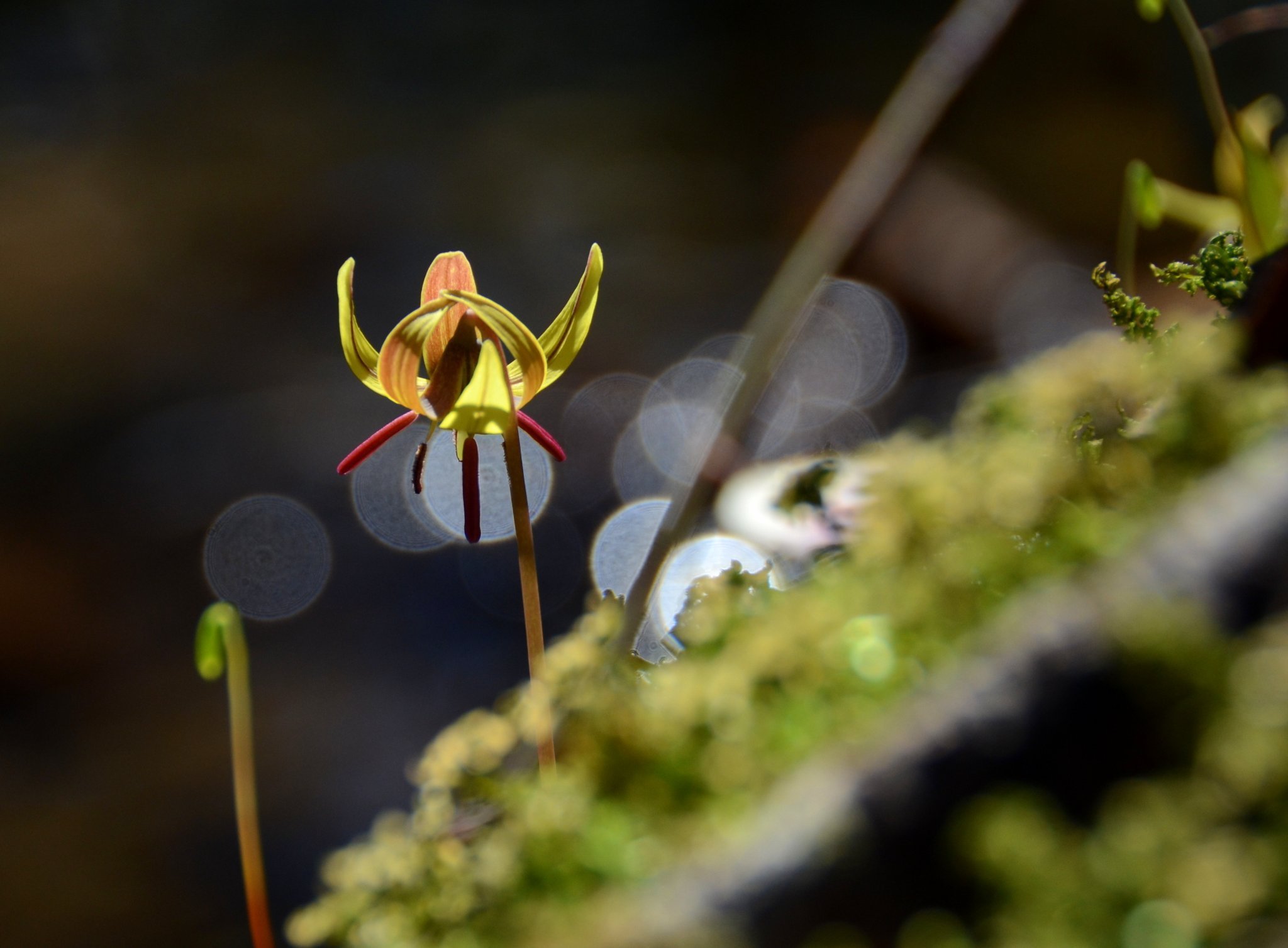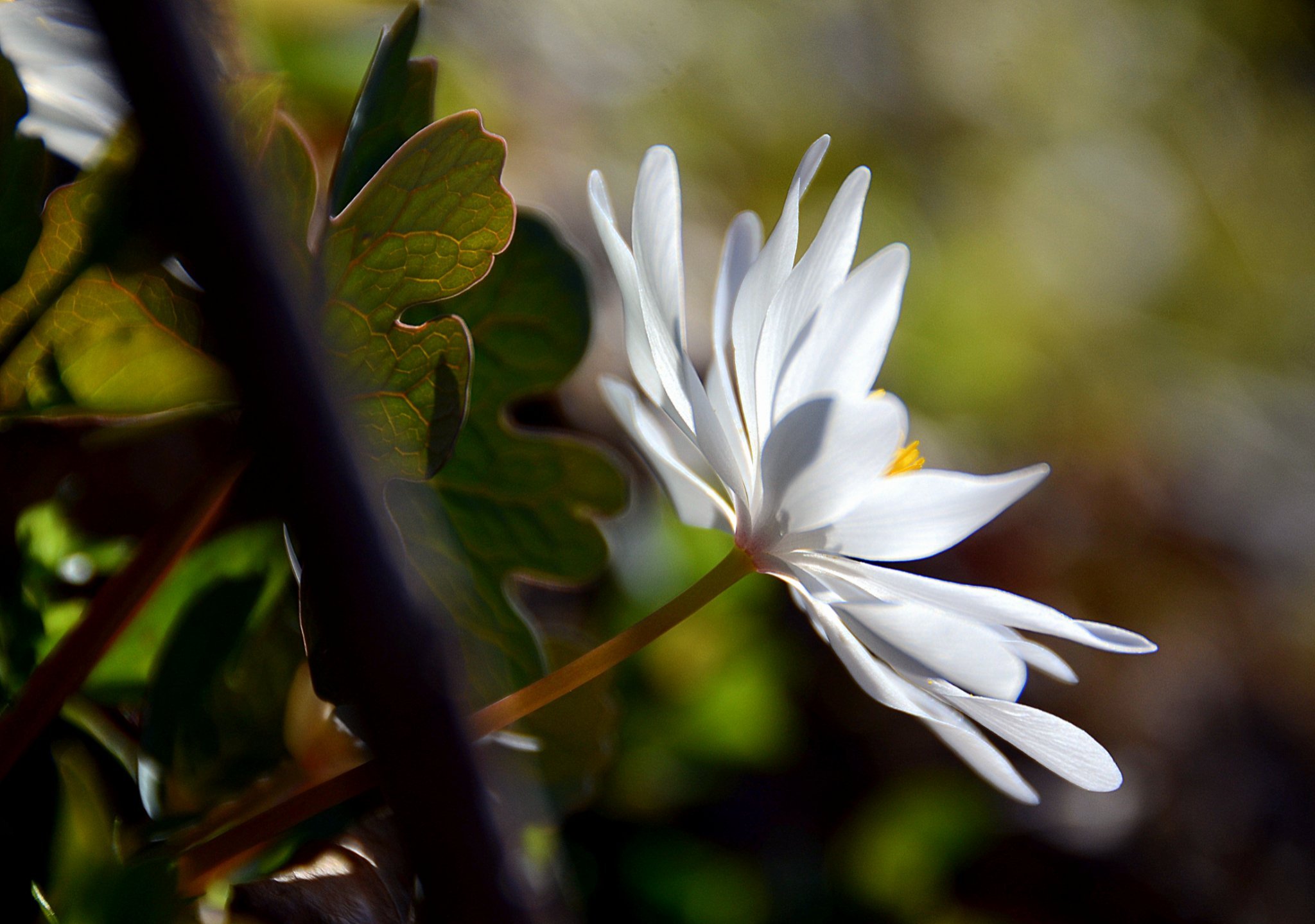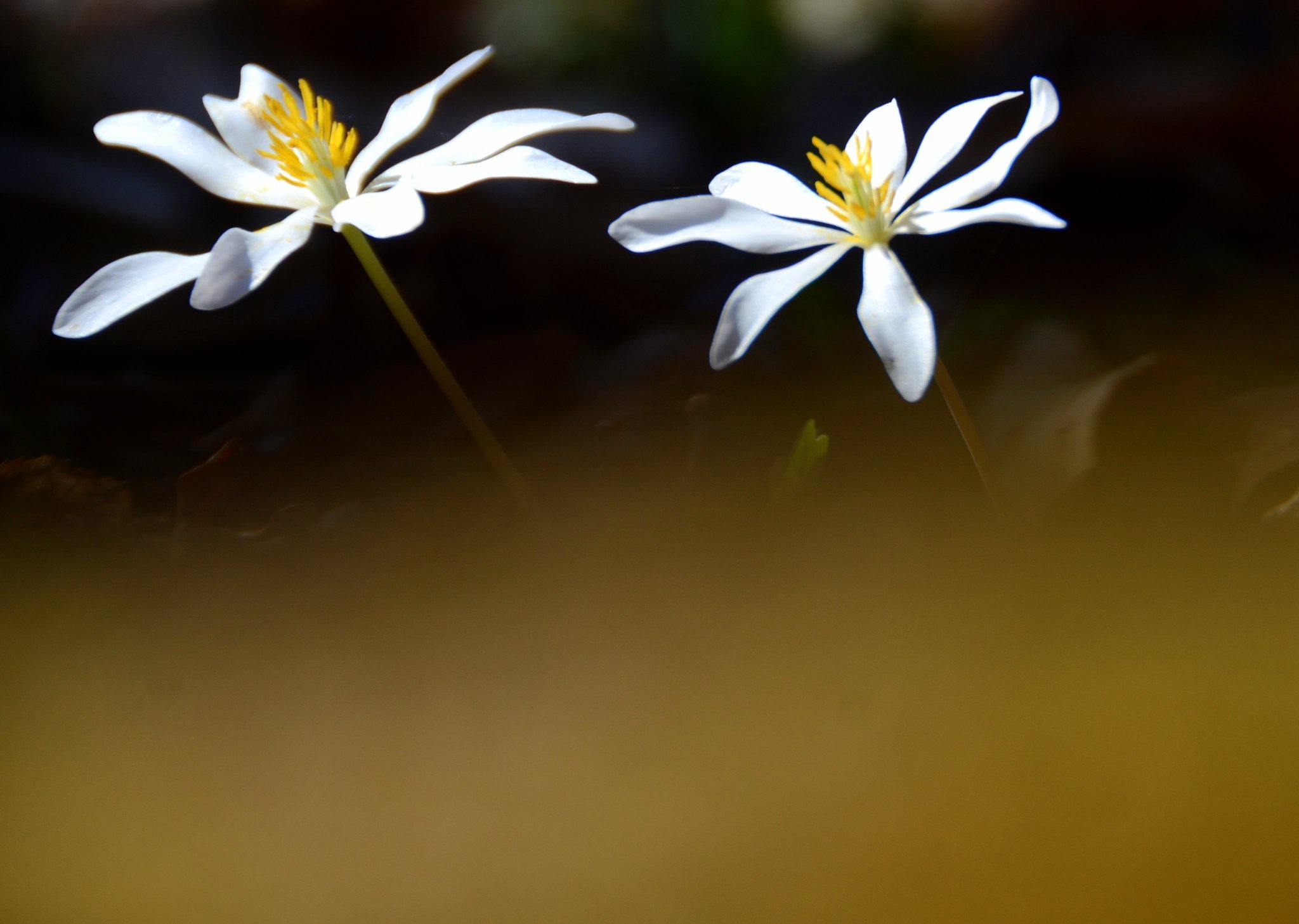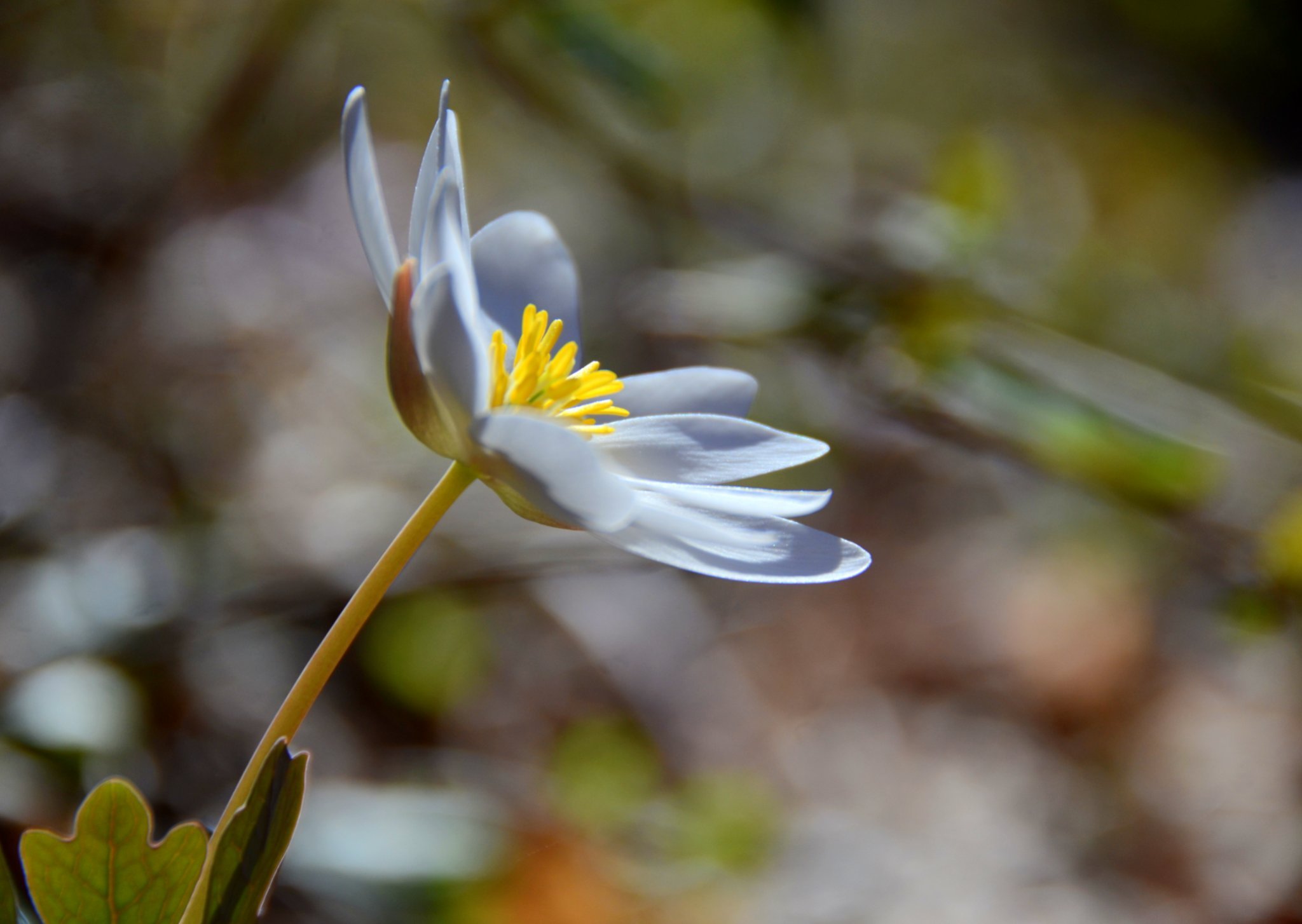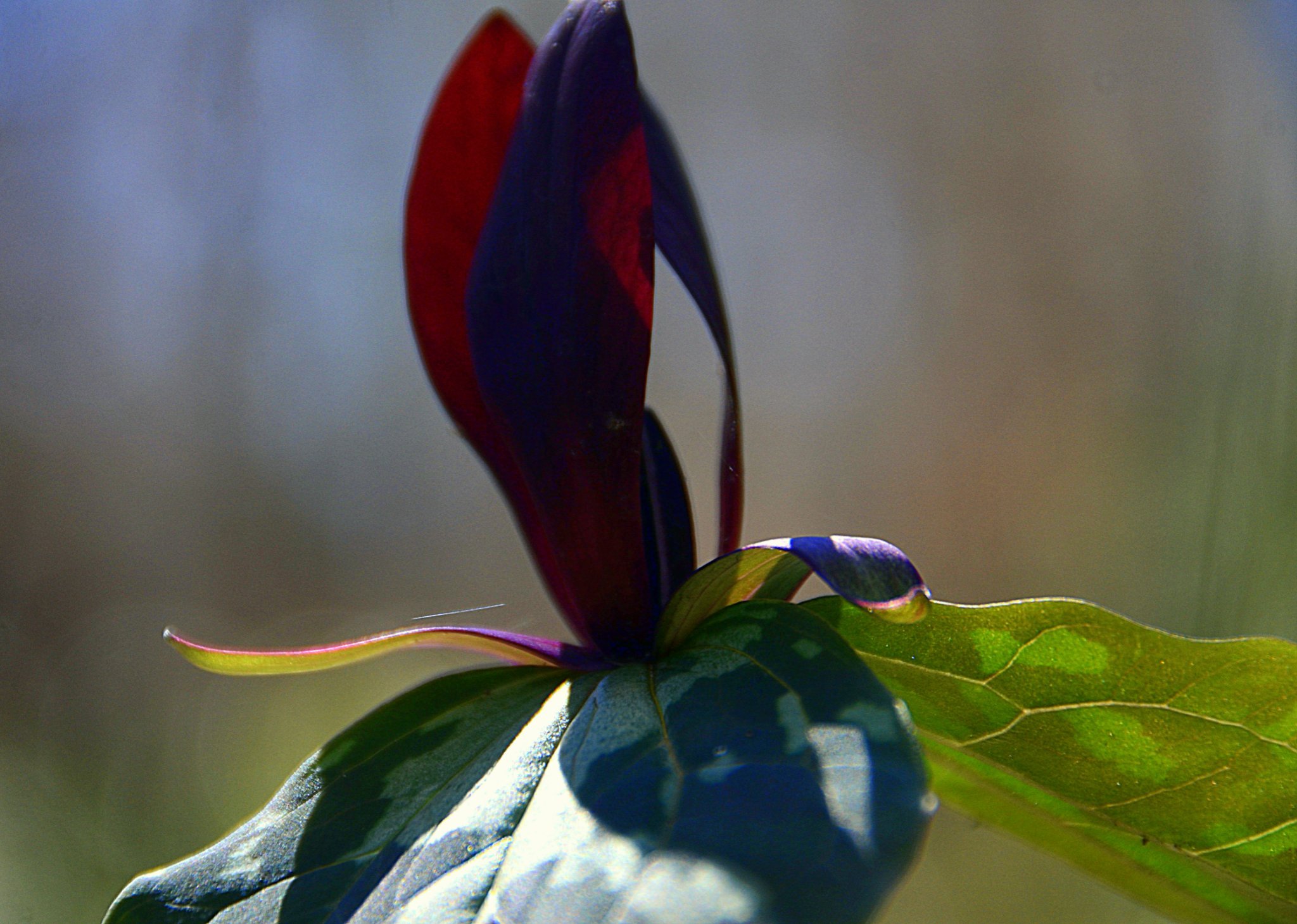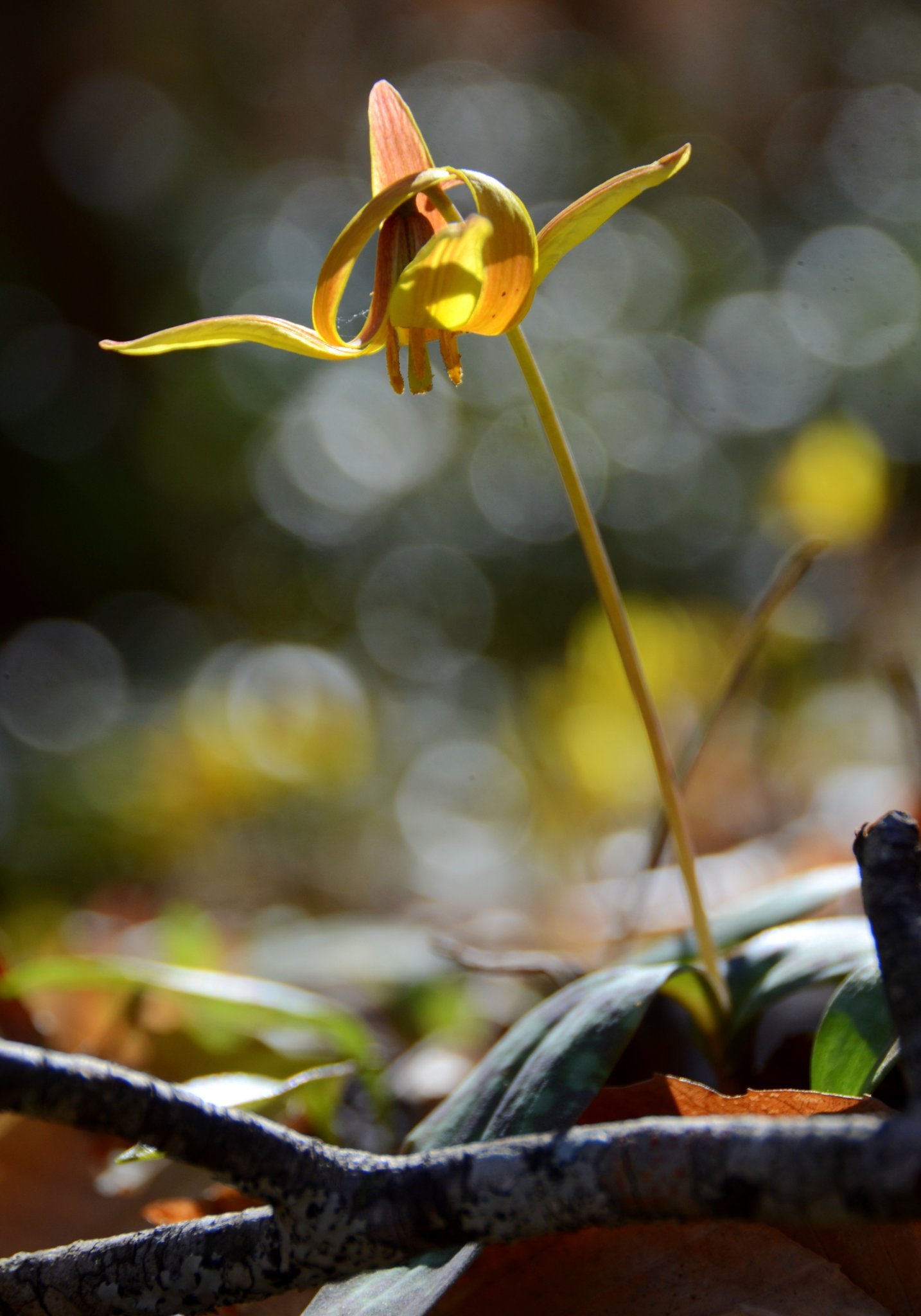Wildflowers: Meeting with Old Friends
/By Tim Jones
All photographs courtesy of Tim Jones.
An environmental philosopher named Glenn Albrecht coined the term solastalgia. It means “a yearning--a strong longing for a place or a home that no longer exists.” My guess is that almost everyone has someplace like that. Sometimes we return to them in our dreams or catch glimpses of things that draw out our memories of them. Mine is the acres of woods that surrounded my childhood home. That’s where all of my poetry, art and love of God’s world began. It’s the holy ground that shaped my spiritual wiring.
Those woods belonged to Our Lady of the Hills Catholic Camp in Flat Rock. By the time I grew up and went off to college, that property had become the Highland Lake Inn. Within a few years, all those woods turned into yards with nice homes on them. The people who ran the camp when I was a boy did not mind me walking the trails and exploring the streambanks as long as it was not in the summer when the camp was in session. I spent most days after school in the Spring and Autumn in those woods. I was fortunate to have their solitude.
Somewhere along the way, I started paying attention to the rhythm of how the forest turns green and then eventually red, yellow, and orange in Autumn. Every year the wildflowers would return in abundance. They were like brief, annual visits from old friends.
I grew up in a single-parent home. My late father was disabled. He raised me with courage, faith and determination. For many of those years, he was in a wheelchair. That meant I often had to learn how to explore the world on my own. There was a lot of uncertainty about my father’s health and with that a great deal of financial insecurity.
There was so much about the world that didn’t make sense to me as a little boy, but wildflowers did. Somehow, I just got them. When I was in their presence the world felt alive and whole. Spring Ephemerals have a very narrow window of opportunity with soil and air temperature as well as water and light. The warming temperatures unleash pollinators along with leaves on the tree canopy above. Within a couple of weeks, 70 percent of the light no longer makes it to the forest floor and the wildflower show is over for another year.
These were things I could count on in a world where it felt like nothing was certain. There was also poetry to the cadence and beauty of what takes place on the forest floor. I learned to speak its language and that’s how I try to communicate through words and images.
Those woods are no longer there, but the coves and streams of the Blue Ridge Escarpment hold early Spring wildflowers in abundance. All these years later, I still go out to find them like I am meeting with old friends. Their presence means winter is over and the world is still full of promise. Sometimes after work I go back again and again over the course of several days just to watch their gradual progress as they rise and unfurl into colors.
In Spring, the work of the forest and the work of the soul are parallel. It’s never rushed, coerced or manipulated. Things gradually warm and bloom. That’s the deal. It’s just how the best things in the universe work.
When Spring light comes,
the forest offers ten thousand green teachers.
Their presence doesn’t mean they agree with the world.
Their presence doesn’t mean they disagree with the world.
It means they remember the story of the Sun
and how it always gets to the part
where everything rises.
-Tim Jones
Tim Jones is a native of Henderson County who has served as a deacon at St. James Episcopal since 2010. He is also the Chief Operations Officer at the Hendersonville Rescue Mission. In addition, Tim is an avid hiker, nature photographer, poet, and public speaker. The following is a reflection on his passion for photography of area wildflowers each spring. His most recent book of poems, “I Pray You” is available for purchase at The Gallery at Flat Rock. Tim will be speaking about his life and poetry at The Gallery on April 9th at 3 pm.


